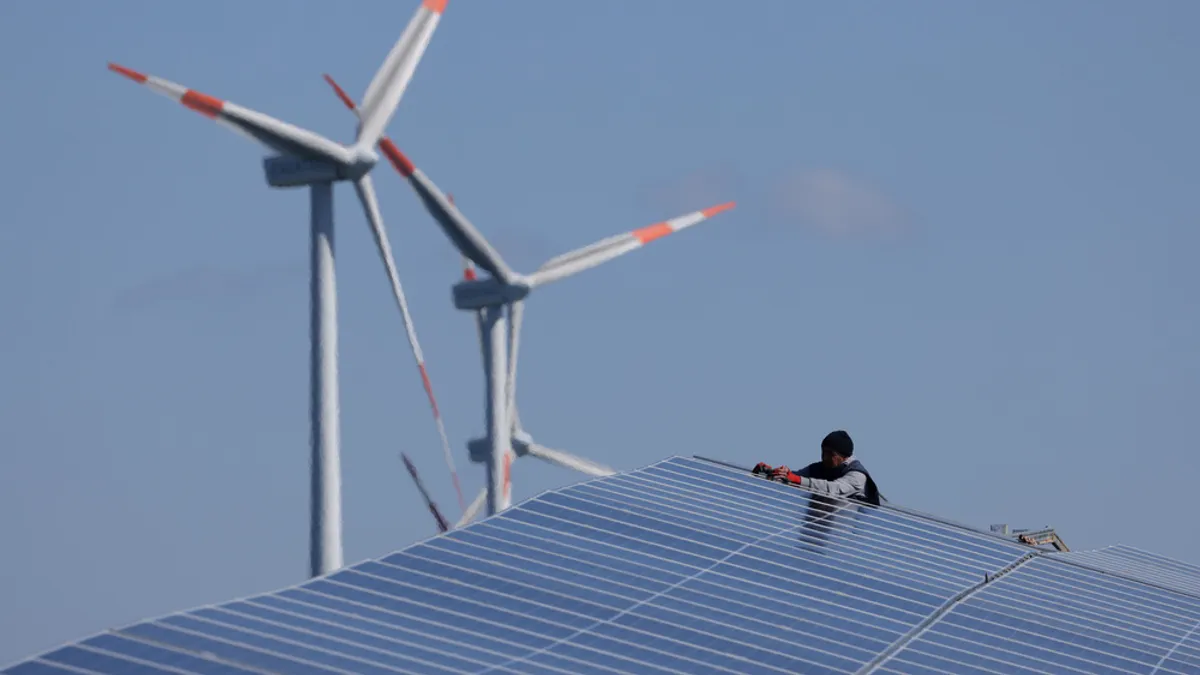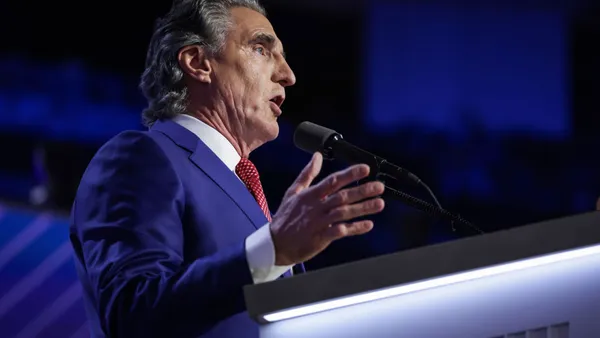Dive Brief:
- South Carolina lawmakers are considering new rules governing how utilities can ask for rate increases related to construction of power projects, though the new restrictions would not impact the state's most notorious facility.
- The V.C. Summer Nuclear Facility is billions over budget and years behind construction schedule, but the Aiken Standard reports it would not be impacted by new restrictions.
- A South Carolina House subcommittee voted to advance H. 4022 this week; the bill would give more powers to the Office of Regulatory Staff (ORS) and would require utilities to prove rate increases are necessary.
Dive Insight:
South Carolina lawmakers are growing frustrated with rate increases sought by SCANA, to pay for two new reactors at the V.C. Summer plant.
Some nine increases have been approved since 2008, the Standard notes, and the project is billions over budget.
If approved, the legislation would allow ORS to "petition the Public Service Commission for orders modifying returns on equity to be applied to future rates," along with other measures meant to protect consumers.
ORS Executive Director Dukes Scott told the paper that the changes would not apply to the Summer plant, and would really only mean a utility "has the burden of proving that its (rate hikes) are prudent.
"It’s not drastic change; it’s just rebalancing it a little bit.”
The V.C. Summer project uses Westinghouse’s AP1000 advanced pressurized water reactor, but delays there and on Georgia Power's Vogtle project have caused the nuclear engineering firm to declare bankruptcy, threatening the future of Westinghouse and the U.S. nuclear sector.
The original cost of the V.C. Summer project was about $9.8 billion. However, in almost a decade that figure has risen to about $14 billion.
In November of last year, South Carolina regulators agreed to raise SCANA’s 55% share of the Summer project’s cost by $831 million to $7.7 billion. SCANA also reached a settlement that resulted in new 2019 and 2020 deadlines for the reactors. The reactors were originally scheduled to enter service in 2017 and 2018.














